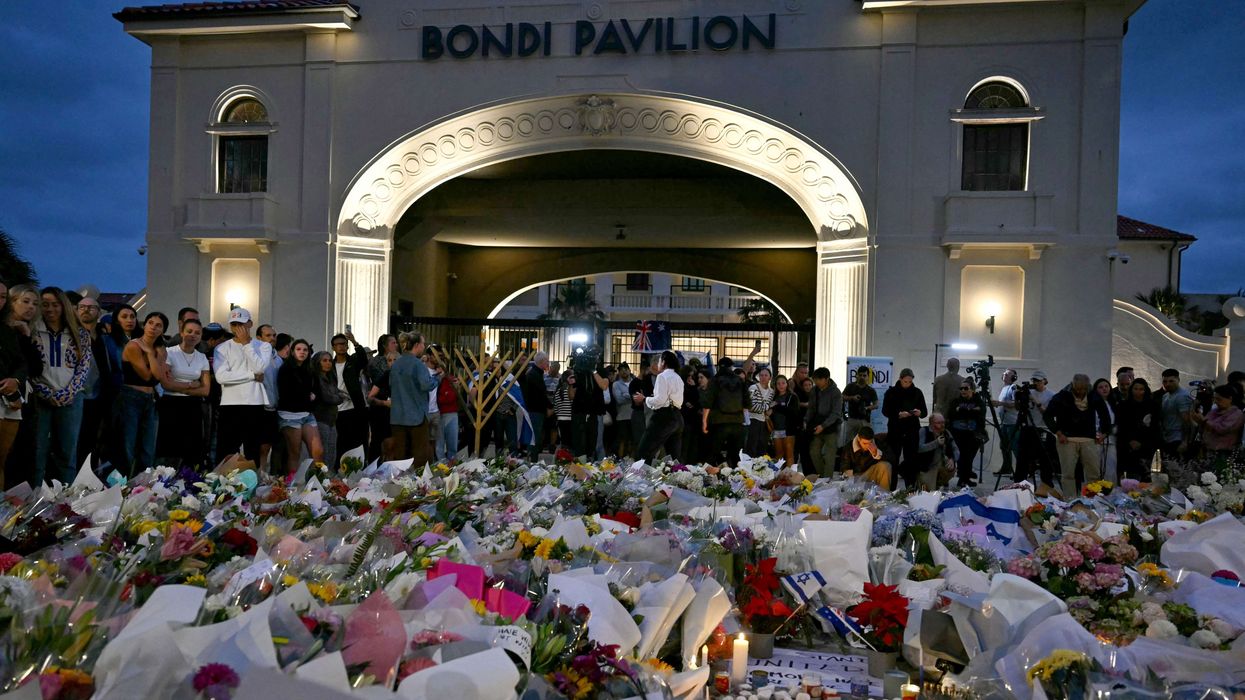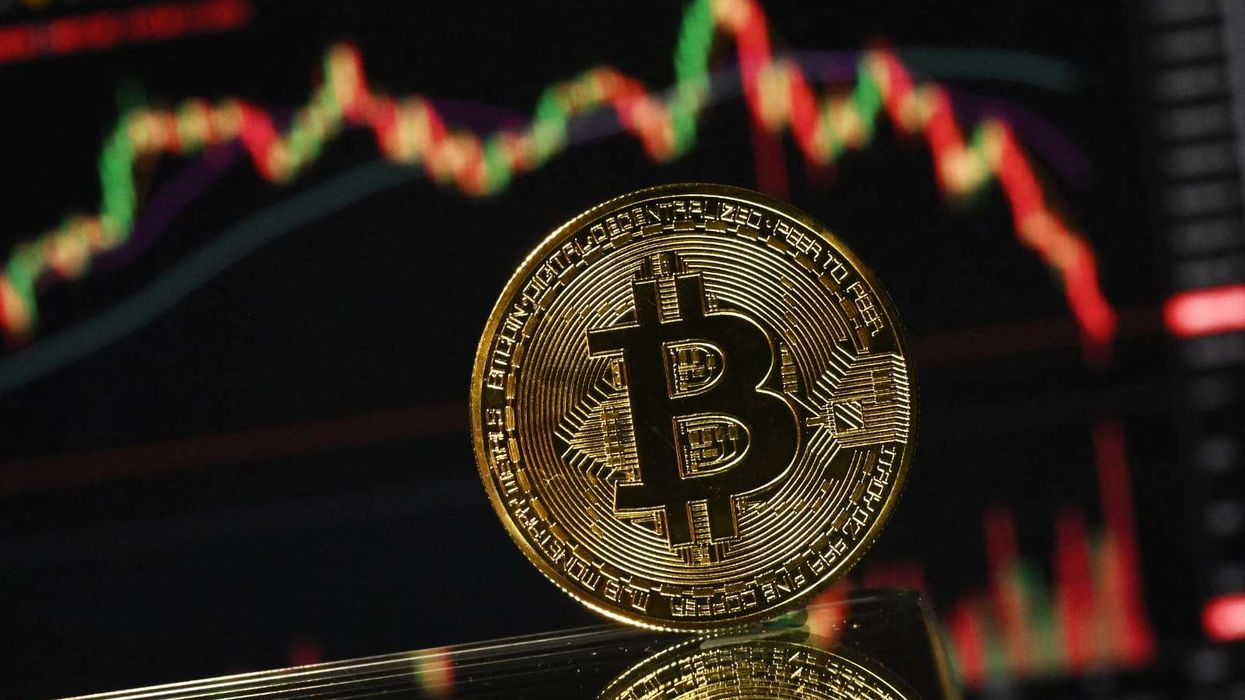Sooraj Pancholi was last seen on the big screen in 2019 release Satellite Shankar. The film, unfortunately, failed to make a mark at the box office. However now, Sooraj is all set for his next film titled Hawa Singh.
Salman Khan took to Twitter to unveil the first poster of the film. He posted, “Hawa se baatein karega singh... #HawaSinghBiopic @Sooraj9pancholi.”
Well, Salman has been a mentor to Sooraj. The actor had made his debut with Salman Khan’s production venture Hero.
Talking about Hawa Singh, the film is a biopic on Haryana based heavyweight boxer. In the poster, we can see that Sooraj has gained a lot of weight to fit into the character.
During the promotions of Satellite Shankar, when we had met Sooraj for an interview, he had told us that he is starring in a biopic. In a rapid-fire round, when we had asked him whose biopic he would like to star in, the actor had said, “The one I am doing right now. It’s a sports biopic based in Haryana. I can’t tell you who the person is. But he has won many gold medals and he has never lost his fights.”
Well, Hawa Singh could surely be a turning point in Sooraj Pancholi’s career. Apart from the biopic, the actor has a film titled Time To Dance in his kitty. The film has been in the pipeline for quite some time, but it is yet to see the light of the day. The movie also stars Katrina Kaif’s sister Isabelle Kaif. There were reports that Time To Dance has been shelved but while talking to us, Sooraj had denied the reports.











